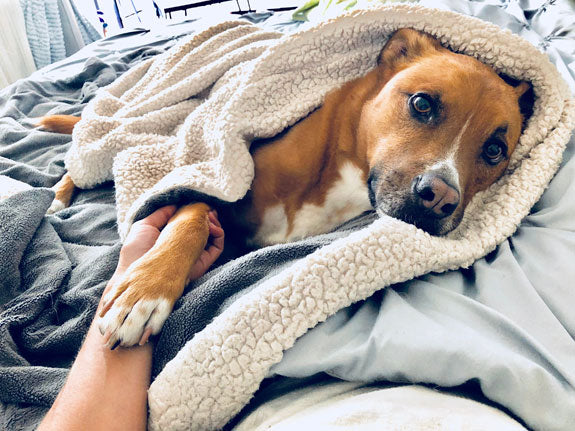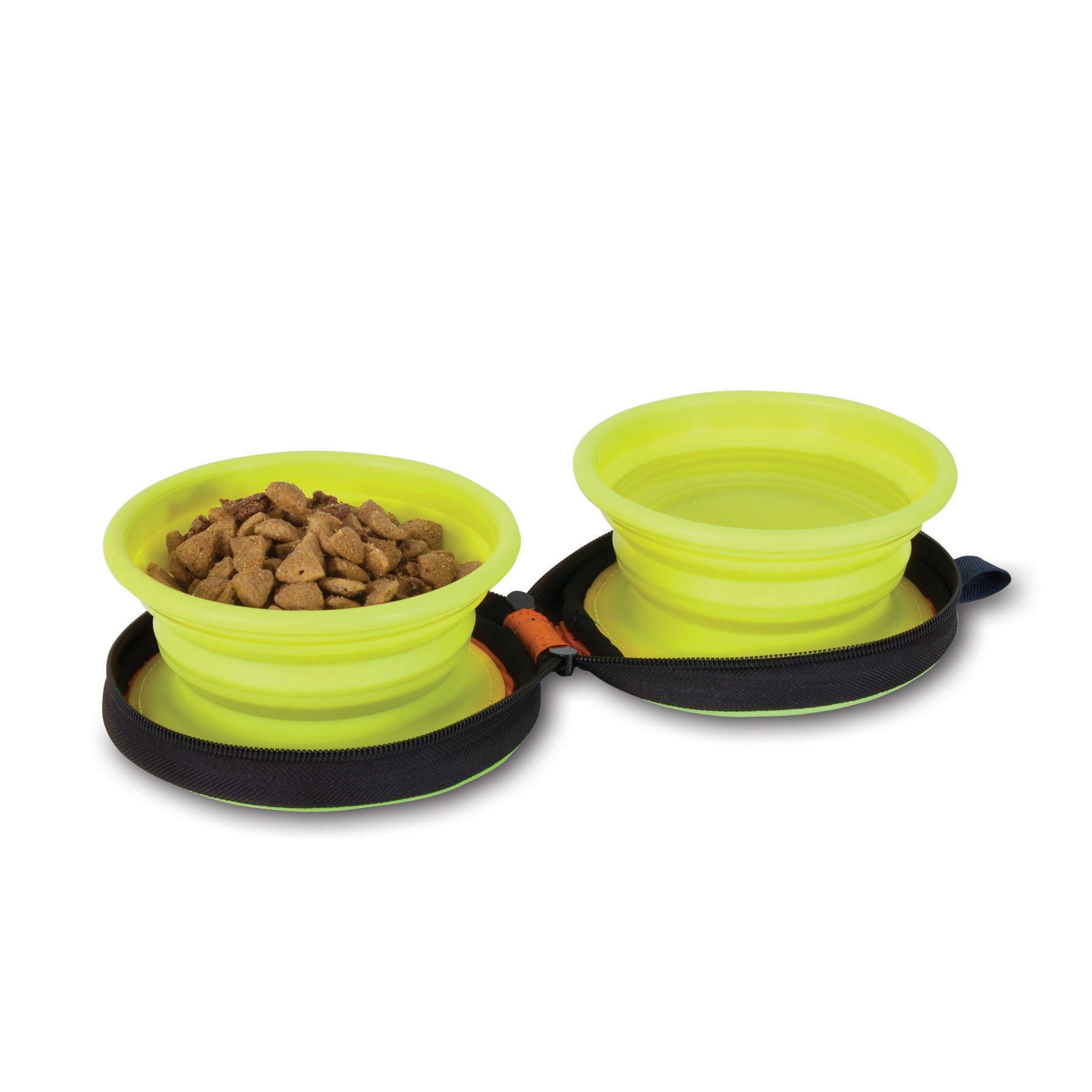Top 8 Essentials for Your Dogs First Aid Kit

Just like how we have first aid kits for our family, it is also crucial to keep at least one handy for our canine companions. Emergencies can occur at any time, whether you're out camping, facing a natural disaster, driving across the country, or even when you are just at home. When it comes to such unpredictable instances, there is no such thing as being too prepared.
It is always best to seek professional veterinary treatment when your dog is ill or gets injured seriously. But in emergencies where you can't get to a vet immediately, a well-provisioned kit is a practical investment. We've collated a list of first-aid kit essentials for you so that you can be prepared.
1. Paperwork
When your dog gets hurt and needs medical attention, you'll want to have your dog's information such as medical history, allergies, and other documents all in one organized place. An emergency vet can then provide better and safer care if they're aware of your dog's medical history. While digital copies are convenient, hard copies help when you're in a natural disaster without electricity, phone service, or the internet.
2. Necessary Tools
Tools such as tape, rubber gloves, scissors, and gauze are quite useful when your dog gets an injury. Rubber gloves are essential for any medical emergency, especially when dealing with blood or other bodily fluids. Gauze can simultaneously control bleeding and act as a temporary brace for suspected fractures. As always, you must also make sure to know how to use these tools to save your dog, or yourself, from any further injury. There are several online guides available for basic pet first aid procedures, but as always never be a substitute for proper veterinary care.
3. Comfort Items
In any emergency or high-stress situation, expect your dog to not be in the best state, physically or possibly mentally. There may be times when he can't help panicking, and having a comfort item to soothe them can be beneficial. It can be an old toy, a favorite blanket, or anything that makes your dog feel more at ease and home.

4. Towel or Blanket
A soft towel or old blanket can be wrapped around your stressed or injured dog to help calm him down and carefully assess his injury. Towels and blankets also act as a soft surface to rest your dog on for you to examine his injury carefully, especially when the ground may be too hot, stiff, or worse, covered in sharp rocks.
5. Collapsible Containers
Collapsible containers, specifically for travel food and water bowls (like those shown below), are all useful for emergencies, everyday life, and travel. Whether it be for short walks, long hikes, or road trips, a collapsible bowl to give your dog some water or food is always a good idea.

6. Small Treats
An emergency food stash is also one of the most crucial elements to include in your dog's first aid kit. If you're short on food during emergencies, having a few small treats tucked away can make a big difference and can save your dog in challenging situations.
7. Medications
If you and your dog are traveling and you're aware of any existing medical conditions that your dog has, talk to your vet about keeping a backup supply of any prescribed medications in your dog's first aid kit. Any over-the-counter medicines, vet-approved of course, are welcome, including antacids for stomach issues, flea and tick meds, and others. Always check to make sure that these aren't expired!
8. Hydrogen Peroxide
Hydrogen Peroxide is one of the most versatile things to include in your dog's first aid kit. Not only is it effective at cleaning minor wounds, but it's also useful when your dog ingests something toxic. You may be able to induce vomiting with hydrogen peroxide but always check with a poison control professional before doing so. Be sure to familiarize yourself with proper instructions beforehand, so you aren't panicking while trying to administer peroxide to your ill dog during a time of crisis.
Conclusion
Are you ready to pick up items for your dog's first aid kit? Remember to keep all these items in one bag or container so you can easily grab them and go. Many pre-assembled pet first aid kits are readily available on the market. However, we recommend going the extra mile to keep your dog safe by ensuring the aforementioned list is included.
Previous article

Next article

Related posts
View all-

Top Benefits of Using an Airtight Container for Your Dog's Food
This blog will explore the top benefits of using airtight containers for dog food storage. We will discuss how these containers can extend the shelf life of dry dog food, preserve its nutritional value, and prevent contamination from air and moisture. Knowing the best practices for dog food storage can significantly affect whether you use plastic or stainless steel containers. Read Article -

Different Types of Cat Beds
Whether you're already a cat owner or you are thinking of adopting a new kitty into your home, cat beds are a necessity for your furry friend! Read Article -

Why Dogs Lick Their Paws & When You Should Worry
Like cats, self-grooming is also normal for dogs. It's part of their process, especially when they come inside the house after walking around outdoors. But, as with other dog behaviors, excessive paw licking can be an indication that there's something wrong. Read Article



